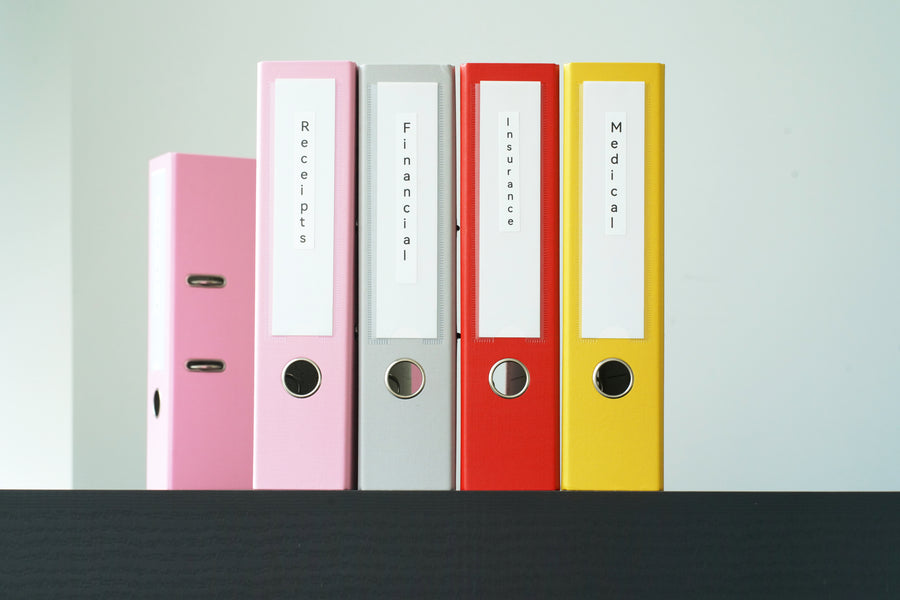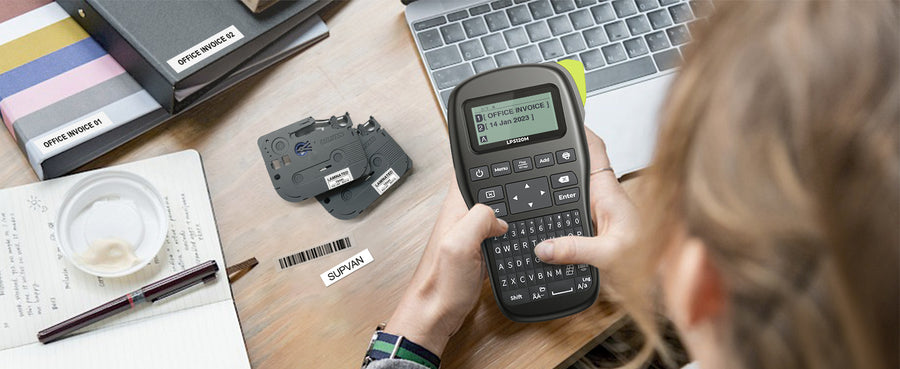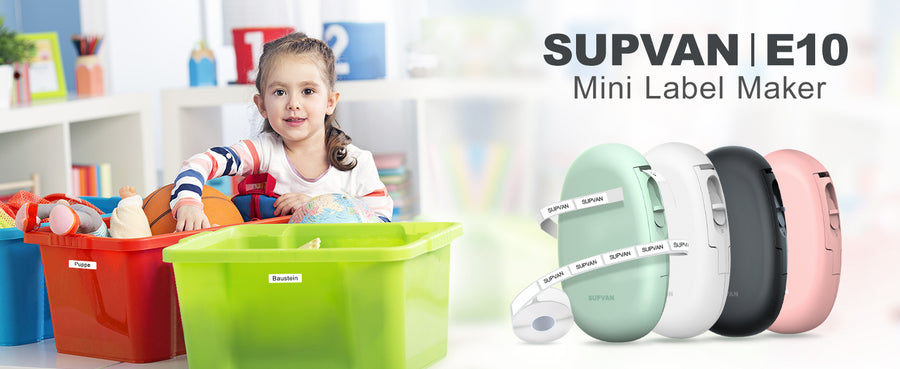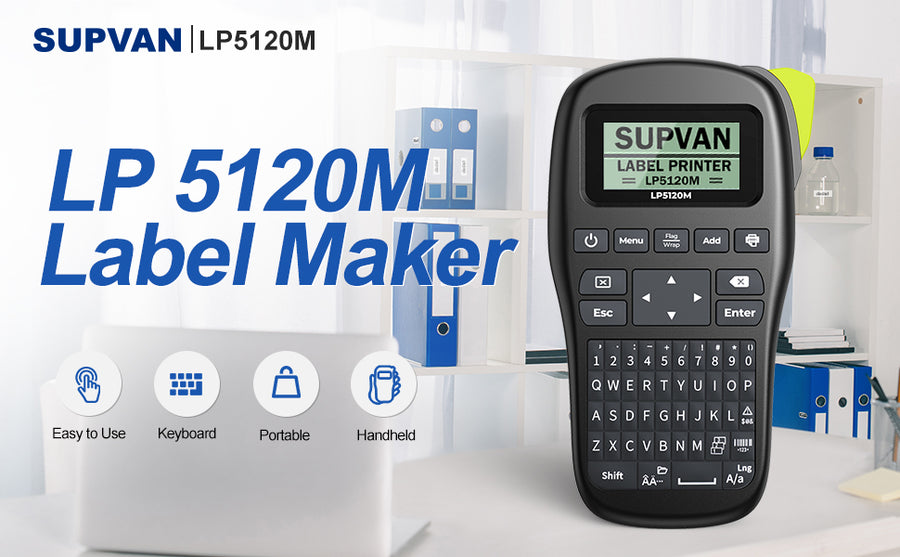The first laser printer was invented in 1969 by Gary Starkweather while working at Xerox Corporation's research facility. The idea for the laser printer came about as Starkweather was working on a project to find ways to create images using light.
Starkweather's early laser printer prototype used a laser beam to create an image on a photosensitive drum, which was then transferred to paper using toner. However, this early prototype was slow and expensive, and it took several years of refinement before the laser printer became a commercially viable technology.
In 1977, IBM introduced the IBM 3800 laser printer, which was the first laser printer to be sold commercially. This printer was primarily used for printing high-volume documents such as invoices and billing statements, and it quickly gained popularity thanks to its speed and efficiency.
Over the years, laser printers continued to evolve and improve, with new technologies such as color printing and higher resolutions being introduced. Today, laser printers are widely used in both home and office environments, and they continue to be a popular choice for users who need fast, efficient, and high-quality printing capabilities.

How does a laser printer work
Laser printers work by using a combination of static electricity, heat, and toner to create printed images on paper.
Here's a step-by-step breakdown of how a laser printer works:
The printing process begins when the printer receives a digital file from a computer or other device.
Next, the printer's laser scans across the surface of a rotating photosensitive drum, creating a pattern of static electricity.
Wherever the laser beam strikes the surface of the drum, it creates areas of positive charge.
The drum is then coated with a fine powder called toner, which has a negative charge. The toner particles are attracted to the positively charged areas on the drum, forming an image of the page being printed.
As the drum continues to rotate, the toner-coated image is transferred onto a sheet of paper using heat and pressure.
Finally, the paper passes through a set of fuser rollers that melt the toner particles onto the paper, creating a permanent bond.
The result is a high-quality, precise printout that can be produced quickly and efficiently. Laser printers are known for their speed, accuracy, and durability, making them a popular choice for both personal and professional use.







Leave a comment